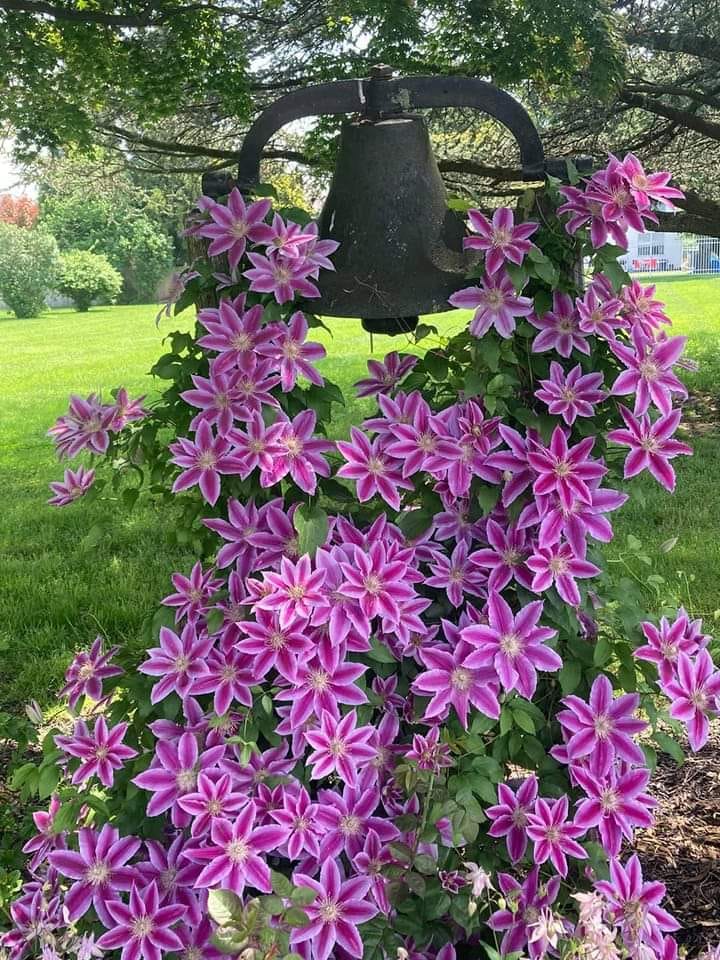
Check out these climbers on a pergola in the garden. These plants and trees are also easy to grow in small gardens.
There are many climbing plants that, by pruning and tying, can be grown in pergolas to provide welcome shade in warmer weather.
To help you out, we’ve listed the best pergola plants for you. This is a combination of strains suitable for both tropical and temperate climates.
Rose
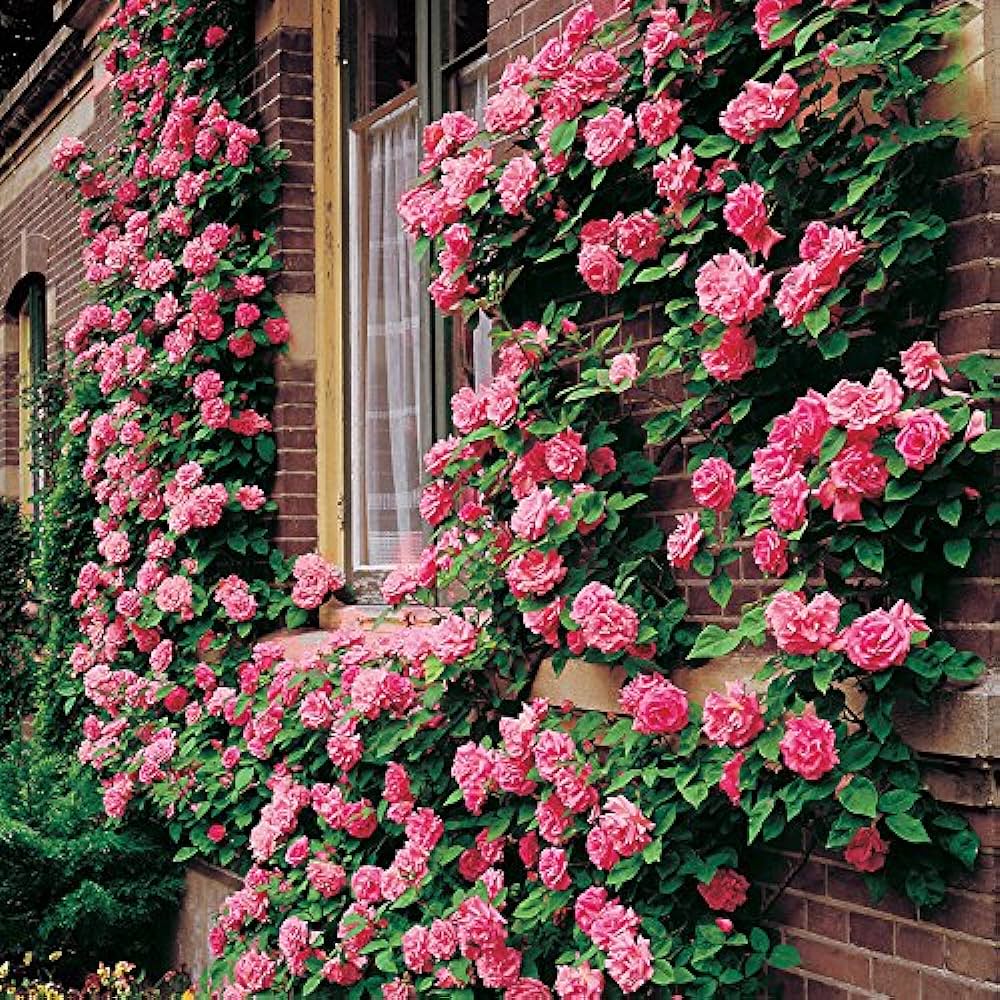
Roses are classic. They are the favorite plants of most gardeners because they convey a sense of specialness, exuding calm, nostalgia, romance and happiness. Climbing plants are great for covering pergolas and arches.
Clematis
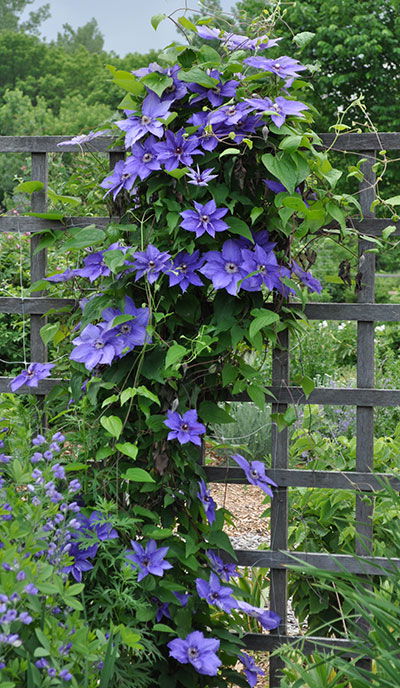
Certainly one of the best pergola plants. Clematis is a spectacular vine because of its prolific flowering, which usually begins in spring. You can easily grow it and combine it with other plants, especially climbing roses, for a more elaborate look.
Honeysuckle
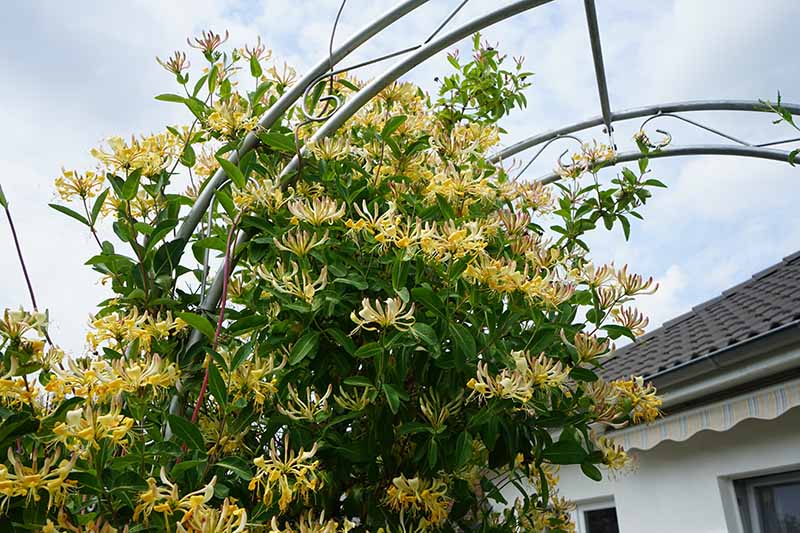
The scent of honeysuckle is nostalgic, stronger at dusk. There are more than 180 different species, almost all of which are creepers. This is a very large vine that grows very quickly. A single honeysuckle can easily cover a large, sturdy pergola.
Passiflora (passiflora)

Passionflower is a beautiful, fast-growing, hardy perennial native to the tropics. Its intoxicating fragrance, colorful flowers, and edible fruit make it one of the most desirable climbers in the garden. You can also grow it on balconies, rooftops or patio gardens. Growing passionflower is easy if you live in a subtropical or tropical climate. If you live in a temperate zone, look for hardy varieties. It grows as an annual in very cool climates.
Jasmine

Jasmine is undoubtedly the most intense flower. You can smell its fragrance from a distance. So if you like aromatic plants, grow them. Jasmine blooms year-round in warm, humid climates. In cooler regions, it grows as an annual.
Grape vines
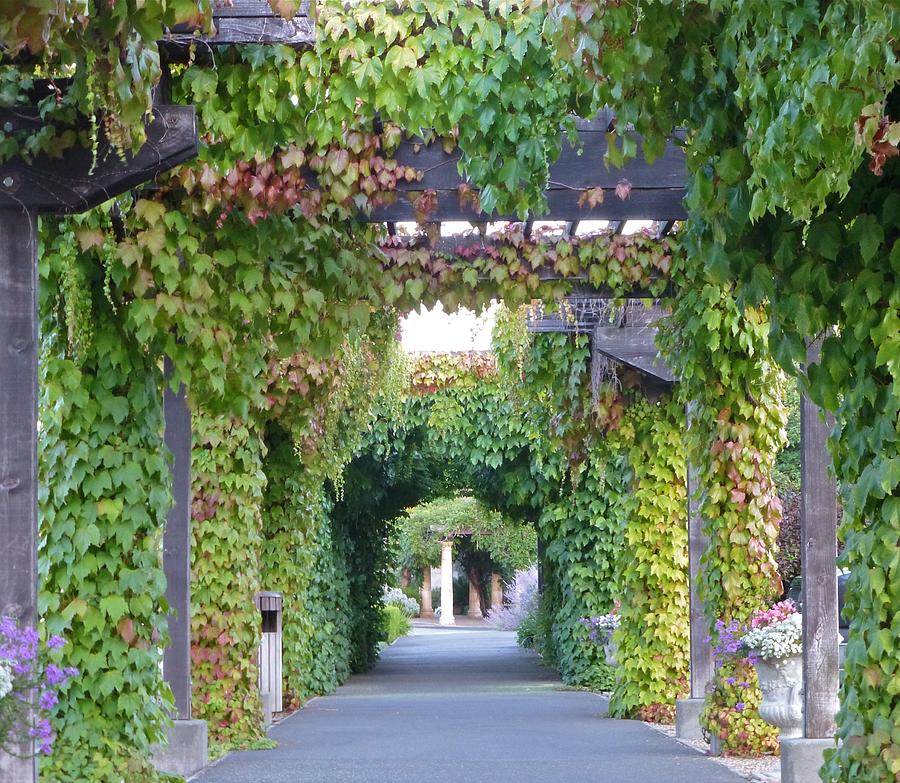
Vines are one of the best climbing plants for arbors, providing not only shade and warm seating but juicy grapes as well. You can grow it in different climates. Grape varieties come from the Mediterranean, Central Asia, America and Southwest Asia and are therefore widely distributed.
Wisteria

The lavender blue color and sweet fragrance of wisteria flowers are mesmerizing. Wisteria, however, grows vigorously but takes time to mature. Wisteria can be grown in temperate and subtropical regions. If you’re growing wisteria in a large, sturdy pergola, you’ll need to prune it regularly to control growth.
Trumpet vine (Campsis radicans)

It is called morning glory because of its trumpet-shaped flowers. Each trumpet vine flower can be a different color (orange, yellow or red). These flowers attract pollinators: bees and hummingbirds. This plant looks great on arches, pergolas, and trellises. It grows best in full to part sun.
Bignonia (Cross Vine)
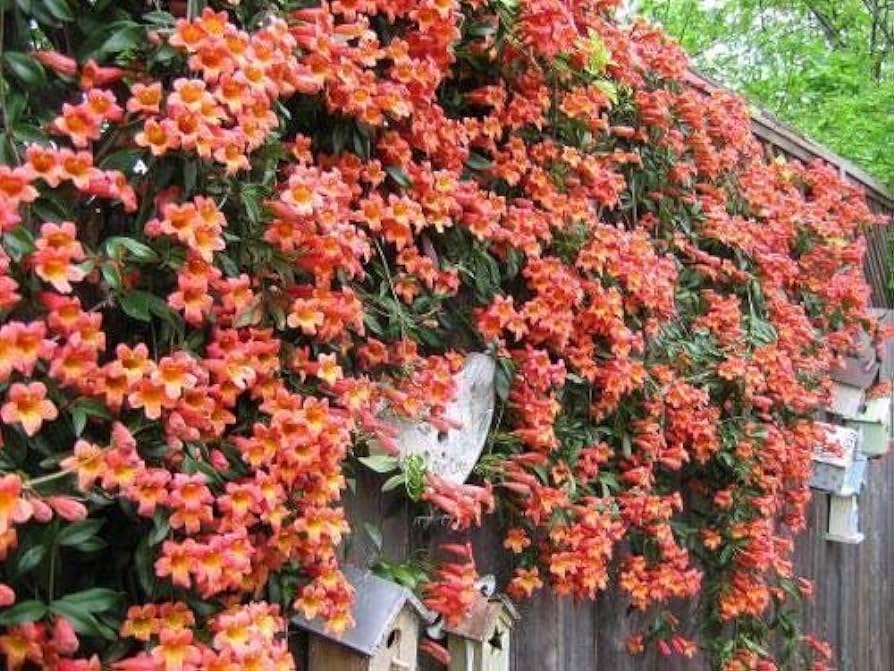
Another beautiful climber, related to the trumpet plant. Its delicate bell-shaped flowers look stunning on a pergola. It is a fairly vigorous plant that tolerates light to moderate frosts. You can also try growing it in the afternoon sun in the tropics.
Ivy

For shady gazebos, pergolas, and gazebos, ivy is best. It is easy to care for, weather resistant and offers a rich green color. You can also choose brightly colored varieties.
Bougainvillea
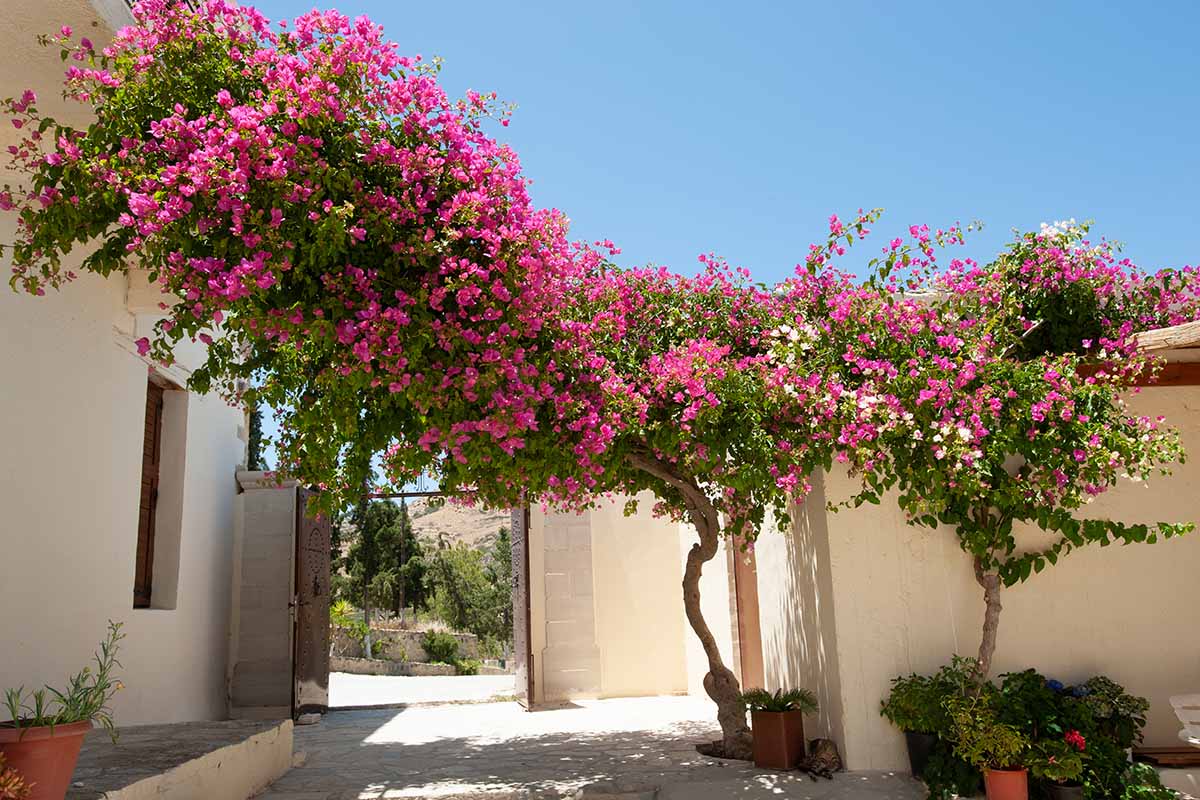
Climbing varieties of bougainvillea are suitable for pergolas. This plant prefers a sunny location and does not like wet feet. The most common cultivated colors include pink, red, yellow, and purple, but it comes in many other colors as well.
Morning glory
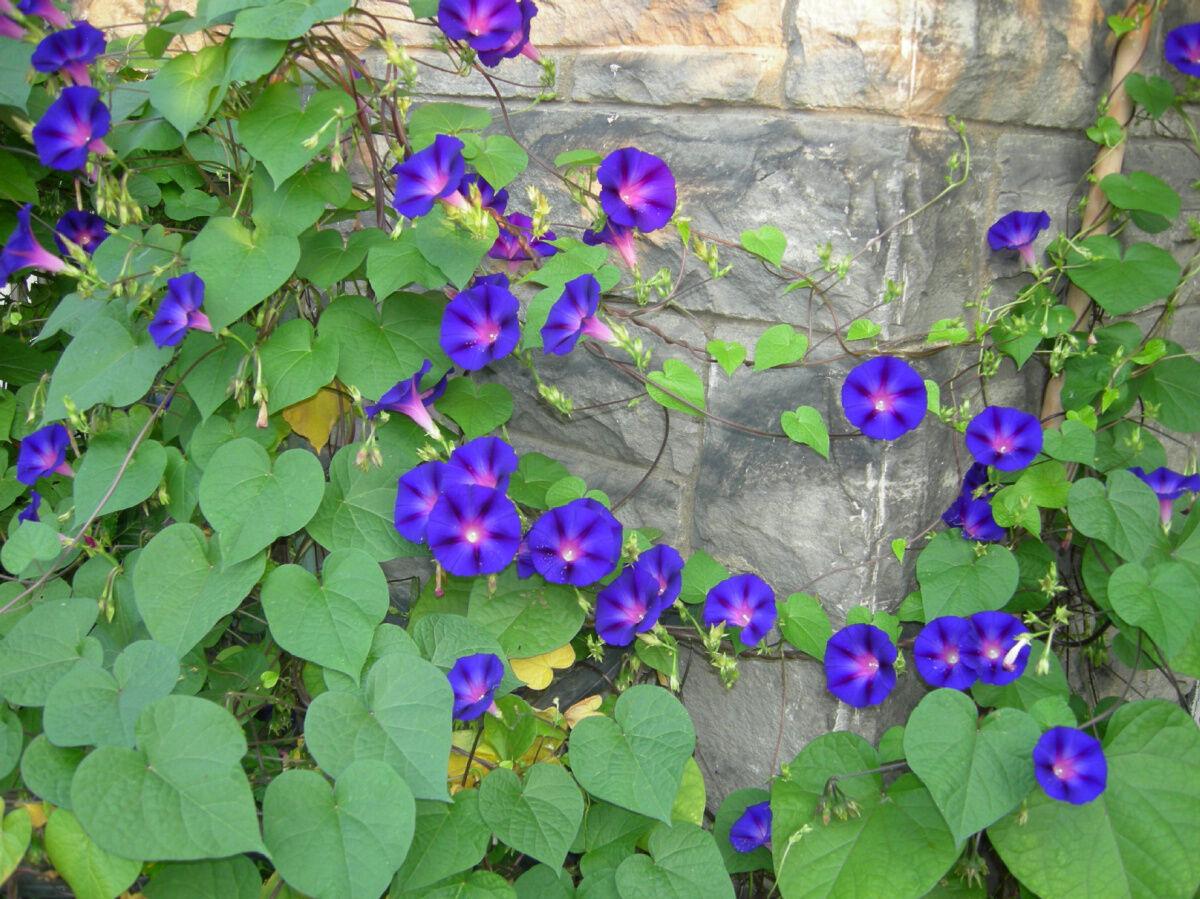
A vine that greets the morning sun with beautiful flowers. Morning glory is easy to grow and blooms quickly. It is a great plant to cover a pergola in a sunny location.
Kiwi fruit

Kiwi vine needs a lot of space to grow, which is why it’s one of the best pergola plants on our list. In order to get fruit from a kiwi plant, you need male and female plants for pollination.
Sweet pea

When planting shrub varieties above a pergola, don’t plant shrub varieties. Grow sweet snap peas in full sun and in well-drained soil. Plant sweet peas in warm regions in fall and winter. In temperate regions, plant this fragrant vine in spring or summer.
Climbing hydrangea
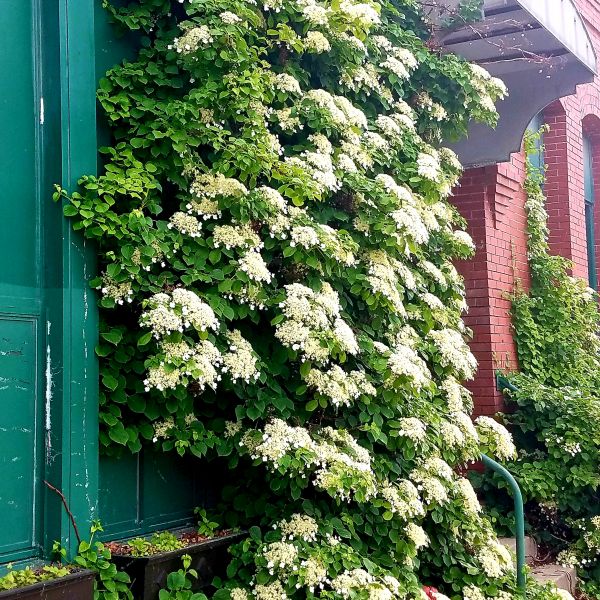
Climbing hydrangeas are worth planting for their glossy, heart-shaped foliage and fragrant white flowers, which appear in clusters in spring through summer. It grows slowly and requires training and pruning.



















